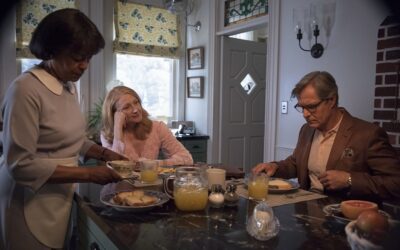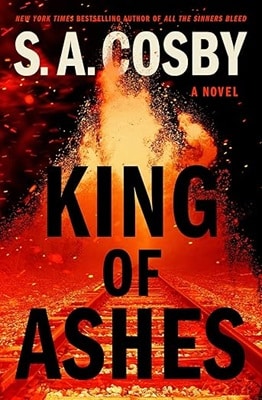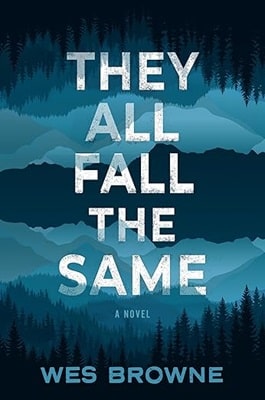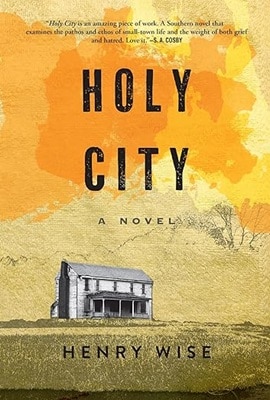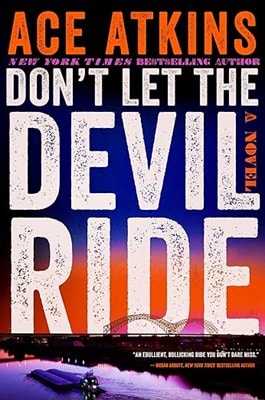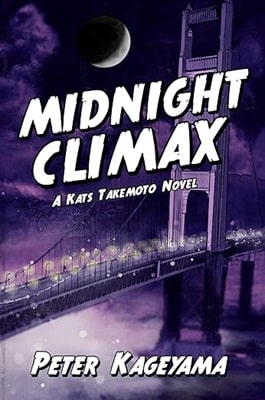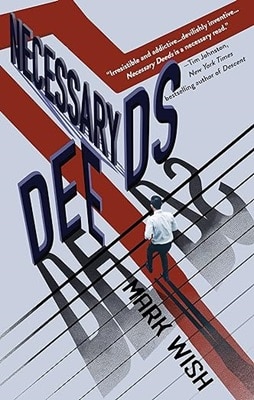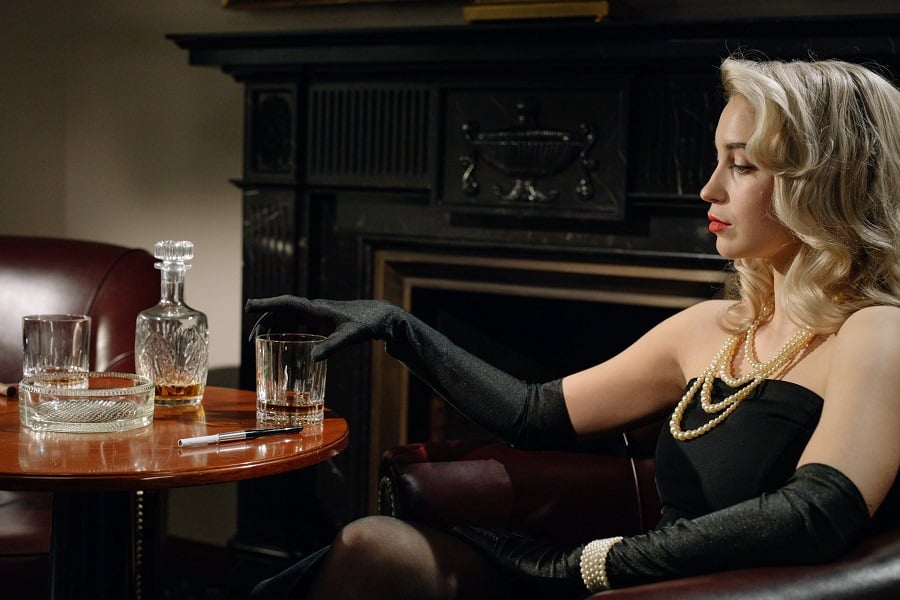
Feature
Modern Noir
Valerie J. Brooks
Genre develops out of a need to identify and market books. If we don’t have a friend or bookstore employee who knows our taste and can recommend a book, we search online for “genre” (mystery, suspense, thriller, crime, noir) or “keywords” (sisters, organized crime, LGBTQ, private eye).
If you’ve ever searched for noir or noir fiction, the likelihood of finding a book that is genuinely modern noir is slim. Instead, I’ve found the term noir used to depict nothing more than a darkly atmospheric novel, but nowhere close to what I want to read. That’s why I resort to searching categories such as “thriller” or “crime fiction.”
In 2005, New York Times best-selling author Megan Abbott burst through the dark door of predominately male noir writers and opened the building to a surge of women writing noir. Not that there haven’t been women writing noir before her.
In 1947, Dorothy B. Hughes wrote the brilliant novel In a Lonely Place. The book was classified as “hard-boiled” or “crime” even though author Laurie R. King called Hughes the “Queen of Noir.” In a 2017 reissue of the book, Abbot wrote in her afterword that Hughes took the gender cliches of noir and turned them on their head. Hughes wrote the novel from a male perspective, and instead of a femme fatale, Hughes created a charming WWII veteran a stalker who lured women to their death. Unfortunately, the filmmakers changed what was unique and fell back on the crutch of the femme fatale, making one of the main female characters the stalker.
This exemplifies women’s uphill battle with writing noir. The establishment clung to the old noir tropes, but those old tropes didn’t fit modern woman’s sensibilities. So, after Abbott wrote her first five noir novels in the traditional vein, she leaned away from femmes fatales, luckless PIs, and duped males and wrote thrillers that addressed contemporary women’s issues. The publishing industry categorized her subsequent novels as crime fiction, psychological thrillers, or domestic noir. She was skeptical of these categories, and for good reason.
Categories are often inaccurate, and some are born from need and frustration. Take for example the category “domestic noir” which pops up over forty-three million times on Google. The first time domestic noir was used as a subcategory of crime, I spit bullets. “Here we go again. We’re back in the kitchen,” I said aloud, ready to send a nasty letter to whomever introduced it along with the definition of the word domestic.
1. of or relating to the home, the household, household affairs, or the family
2. devoted to home life or household affairs
3. no longer wild; domesticated
At first, I thought the term “domestic noir” was the brainchild of a marketing department in a traditional publishing house. But interestingly, it wasn’t. Instead, the term resulted from an author’s need to be correctly categorized.
In 2013, British novelist Julia Crouch, unable to find a sub-genre of crime writing that neatly described her work and developed the term “domestic noir.” As a result, this became the only widely known category for women writing noir. Now the label is universally accepted and one of the most popular crime genres today.
Couch defined the term this way:
“In a nutshell, Domestic Noir takes place primarily in homes and workplaces, concerns itself largely (but not exclusively) with the female experience, is based around relationships and takes as its base a broadly feminist view that the domestic sphere is a challenging and sometimes dangerous prospect for its inhabitants.”
The domestic noir category works well for novels such as Gone Girl and Girl on a Train, both written about the dark side of relationships and marriages. A deep dive into articles on domestic noir, however, turned up what I expected. Even in an academic paper, “domestic noir” seemed interchangeable with “domestic thriller,” “psychological suspense,” and “psychological thriller.”
So, are these noir novels or not? A definition that pops up regularly comes from one of the world’s foremost authorities on crime, mystery, and suspense fiction. Otto Penzler, writing in his forward to The Best American Noir of the Century, states:
“Curiously, noir is not unlike pornography in the sense that it is virtually impossible to define, but everyone thinks they know it when they see it. Like many other certainties, it is often wildly inaccurate.”
After the laughter dies down, we still don’t know much more than we did. Penzler goes on, however, to give us a decent definition of classic noir with its attributes of down-on-their-luck PIs, dirty cops, and femmes fatales. He states noir protagonists “… are seriously flawed and morally questionable. The tone is generally bleak and nihilistic, with characters whose greed, lust, jealousy, and alienation lead them into a downward spiral as their plans and schemes inevitably go awry.” Classic noir style used shadowy and dark settings. Characters fell into “types”—kind-hearted PI, tough lawyer, femme fatale, love-sick dupe.
Contemporary noir or “neo-noir” is more recognizable by its content. Psychologically, the characters are more developed, real, and relatable. They might start out doing good, but some type of bad luck, bad choices, or bad situations can clobber them. Once they find that there’s no way out, they often break the law. The world of noir is full of pessimism, claustrophobia, and paranoia, reflecting society’s ills.
With entry into the work force, politics, and the “me too” movement, women experienced the existential angst of a world out of their control. Women confronted universal fears and anxieties, not just those about marriage, friends, and children.
Many of the best noir stories showcase kickass women who run up against a dark, mean, powerful enemy. They take on rogue FBI agents, corrupt politicians, and even the small-town business owner who has everyone under their thumb. They can also be street smart, tough, and want a way out of a societal predicament such as poverty or drugs. Noir women find themselves in situations that readers hope to never experience—wanting or needing something or someone they can never acquire or have. They are haunted by their past and scared of their future, causing them to make bad choices, one after another, until there is nowhere else to go. In noir, inescapable situations only get worse. And that’s the big difference from other genres. In noir, there might be some type of resolution, but there are no happy endings.
So how do readers identify the stories of women who live in a larger world, who run companies, work in politics, and don’t have children?
As Crouch did with “domestic noir,” we need to invent a genre for our readers and claim our territory on that bookshelf. One category that’s popped up over time is “femmes noir thriller.” This only muddies the water and leads readers to thrillers. In order for readers to find a kickass noir protagonist who goes up against powerful forces and experiences no happily-ever-after ending, we need “femmes noir.”
“Femmes noir” tells stories, for example, of power struggles in the boardroom, in law enforcement, and in the industries of capitalism that lead to abuse in the work force and a ripping away of personal wealth, security, and power. As readers we can all relate to people pushed to the brink. But to take on the powerful usually never ends well. The female femmes noir characters don’t need to be crazy, manipulative, or psychopaths, although they are certainly fun to read. They simply can be obsessed with battling dark forces then in desperation make bad choices or choices outside the law, often justifying those decisions for the sake of truth, justice, or just plain fairness.
Men and male identified characters in femmes noir novels are victims of the same power struggle. We are all, regardless of gender identification, dealing with the relationship between the “little person” and the power brokers who care only for their offshore bank accounts. Power brokers don’t need to live in New York City either. They can be a mayor of a small town, the head of a tech industry that wants rural water, or the local town council leader who pushes development for financial gain. The level of power doesn’t matter. It’s all relative to the main character’s situation.
Times are dark, and noir rises from the seeds sown during these times—unwarranted wars, political extremes, uncontrolled social media, twenty-four-hour bad news. Femmes noir authors write about the truth of our discontent, broken societal and cultural relationships, stolen livelihoods, and dark forces pushing us to make bad choices. In femmes noir novels, we may not have a happy ending, but as readers we fought against the power that tried to trap us into submission, and that makes for a great story.
About the Author
Multi-award-winning author Valerie J. Brooks writes femmes-noir fiction where the women are badass and take center stage. The first in the Angeline Porter Trilogy Revenge in 3 Parts was a finalist for the Nancy Pearl Book Award. NYTimes bestselling author Kevin O’Brien called her second novel Tainted Times 2 “… a real nail-biter from first page to the last.”
Brooks is a member of Sisters in Crime. Her awards include an Elizabeth George Foundation grant and five writing residencies. She teaches workshops and classes on writing noir and creating plot twists.
She lives in Oregon with her husband, Dan Connors.
Links:
Valeriejbrooks.com | Facebook | Instagram | Twitter | Pinterest | Linkedin | Youtube
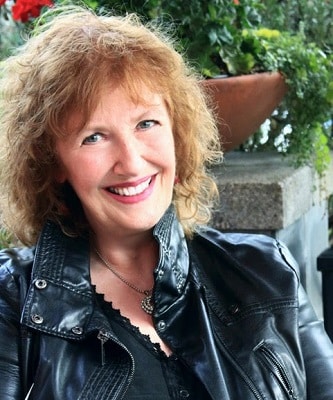
More Noir
The Global Appeal of Noir
Nordic Noir, Southern Noir, and other Noir
Nordic Film Noir
The boundless allure of Nordic Film Noir
From Faulkner to Flynn
Tracing the Evolution of Southern Noir



